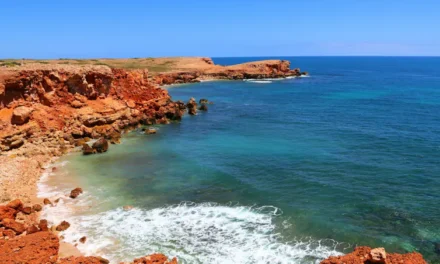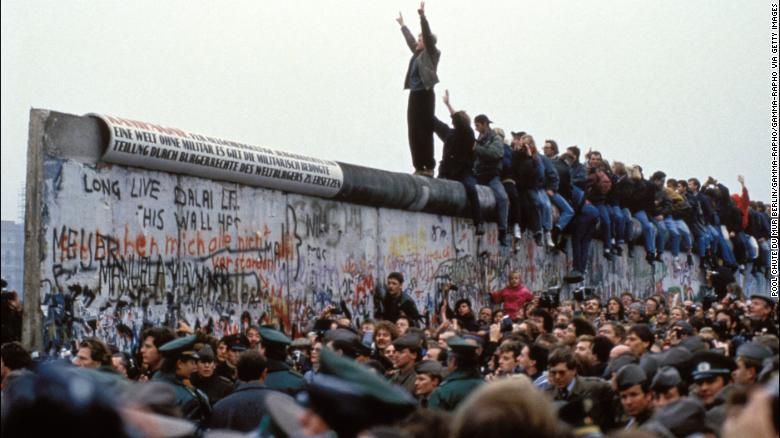By Rachel Horne.
Oradour Sur Glane was once a thriving village community in West-Central France. Vibrant coffee shops and restaurants lined the streets, and a tram connected the 648 residents to the nearby city of Limoges.
Everything changed on 10th June 1944, when the SS Panzer Division Das Reich massacred the men, women, and children. Only six people survived. The SS soldiers herded Oradour’s men into barns and outbuildings, and locked the women and children inside the village church.
Then they shot the men with machine guns and set fire to the bodies. The women and children were burned alive in the church, and the few that managed to escape through windows were shot down. Then they destroyed the entire village using dynamite and incendiary devices.
The extent of cruelty shown by the SS was unusual for the Western front, with Nazi tactics being significantly more violent in the East. But with allied forces advancing rapidly through France and the Nazis forced to give ground, their behaviour became increasingly brutal.
After killing the townspeople of Oradour, The SS men spent the night drinking champagne in the only remaining building, before burning it down on the way out. In this short informational video about the massacre, you can see images of how the town looked before and after the SS attacked.
When you visit the memorial village, it is hard to imagine that Oradour-Sur-Glane was once full of life. Rusty 1940s vehicles are still parked on the overgrown drive-ways, and children’s bed frames can be seen in the skeletal remains of houses.
You can walk into the ruins of the church where the women and children were massacred. Wildflowers have grown through the cracks in the walls, and small birds perch amongst the rubble.
In this video, a survivor explains how he hid under the bodies of friends and neighbours while the SS set them alight. He was 19 at the time, but 70 years later he returns to the church where his mother and siblings were killed.
Throughout the village, various signs tell you to stop and remember what happened here. ‘Place of torture. At this place, men were shot down and burned as they attempted to flee. Do not forget.’ (translation from the French sign)
The tragedy is further humanised by ‘The Faces Of Oradour’ exhibition. Images of the massacre victims have been printed onto porcelain at the entrance to the ruined village.
This exhibition stunned me to silence. From the picture of twin boys grinning in matching outfits, to the beautiful young woman clutching a book to her chest. A man with a flat cap smokes his pipe with a wry smile, and married couples and their infants are pictured alongside elderly grandparents. This deeply moving exhibition helps us to understand the human cost of the massacre, though it will always be difficult to comprehend. Historians continue to search archives for more images and hope to display a portrait of every one of the 190 men, 247 women, and 205 children killed.
There is a twist to this already shocking tragedy. It appears that the SS officer that ordered the attack ‘got the wrong Oradour.’ Oradour-sur-Vayres is a village around 30km away from Oradour-sur-Glane. Just before the massacre at Oradour-sur-Glane, resistance fighters had captured an SS officer in the area surrounding the other Oradour.
Eight years after the massacre, 21 surviving men of the SS Panzer Division went to trial. 2 were executed, and the others were given prison and hard labor sentences, apart from one German man who was acquitted at the time. 13 of the men that went to trial were Frenchmen who had been forced to enlist in the SS. These men were also acquitted by a law of amnesty in 1953.
You can see some footage of the original trial below , which received considerable press coverage.
It was not actually very common for foreign people to be conscripted into the SS, who were much more likely to be forced into the Wehrmacht. The vast majority of foreign members of the SS were volunteers, many of whom joined to fight communism on the Eastern front. The WW2 History podcast episodes below explores this in detail.
Oradour-Sur-Glane has not been rebuilt, and it never will. It serves as a memorial center now, and visitors from all over the world come to pay their respects every year. Local school groups visit as part of their history classes. The memorial village can be visited by anyone, in the hope that it reminds visitors of where extreme politics can lead. More information about visiting the memorial here.





